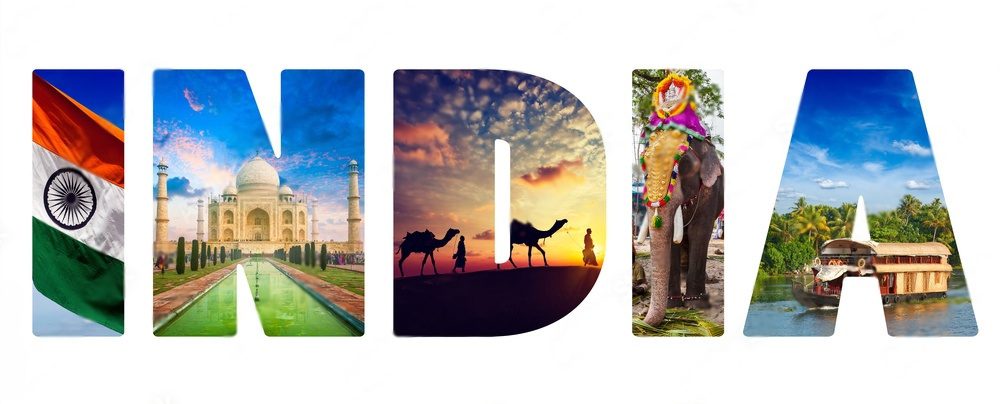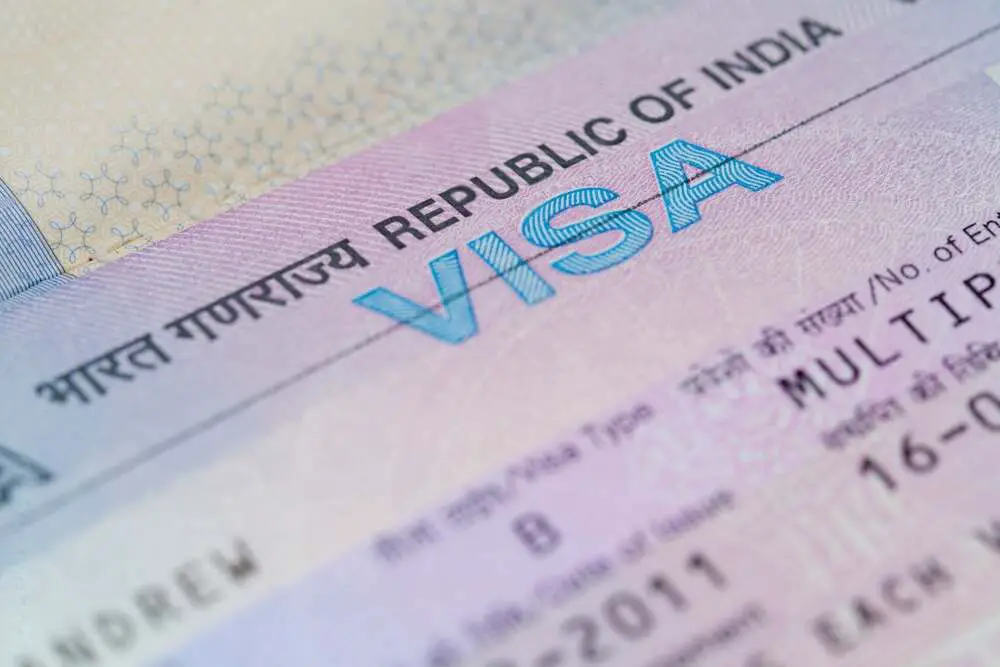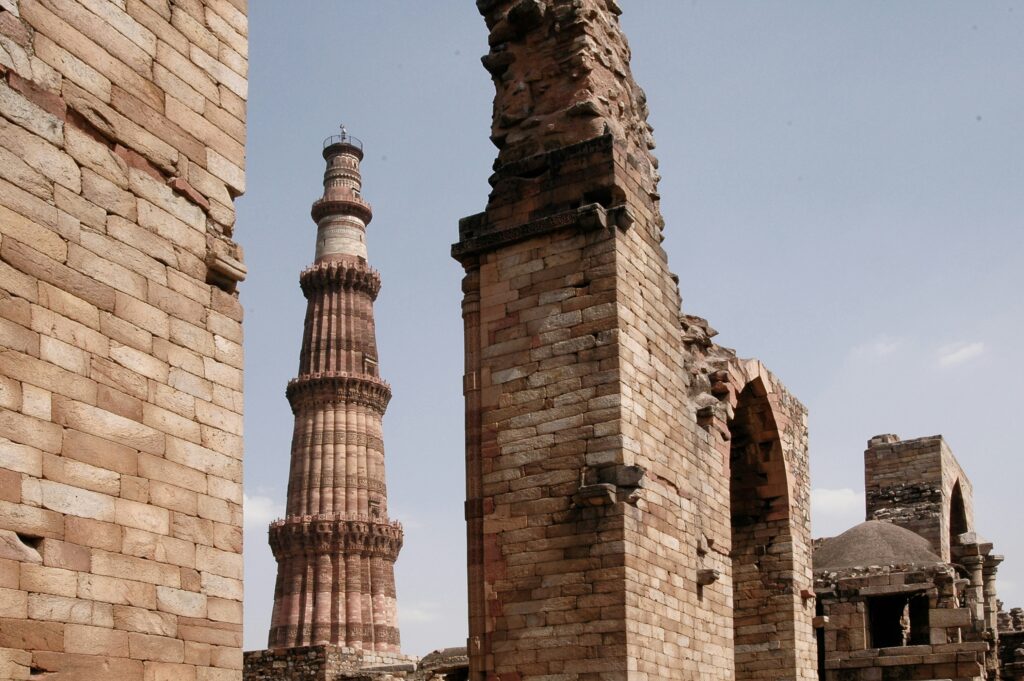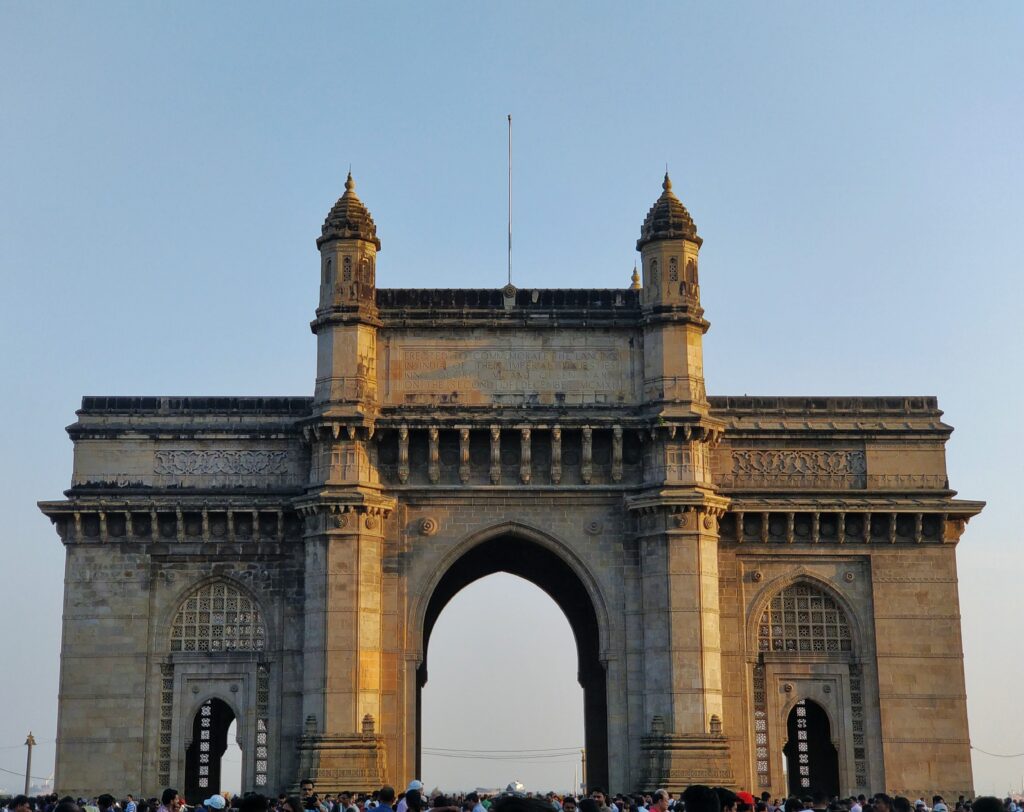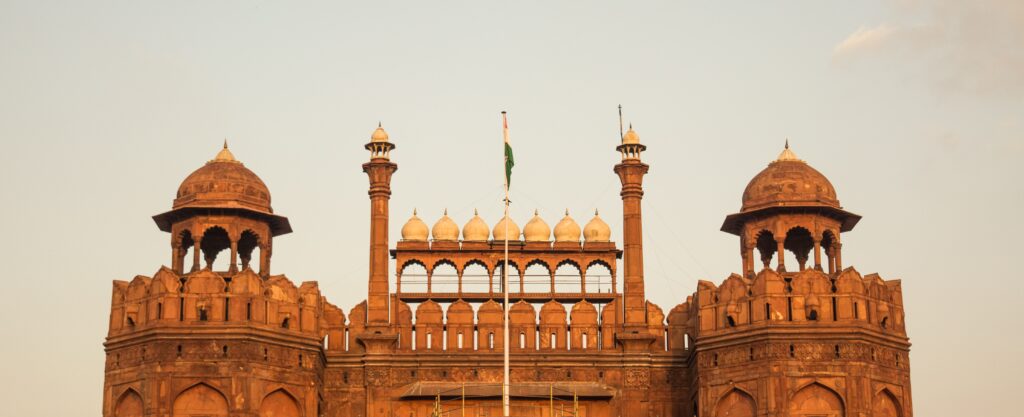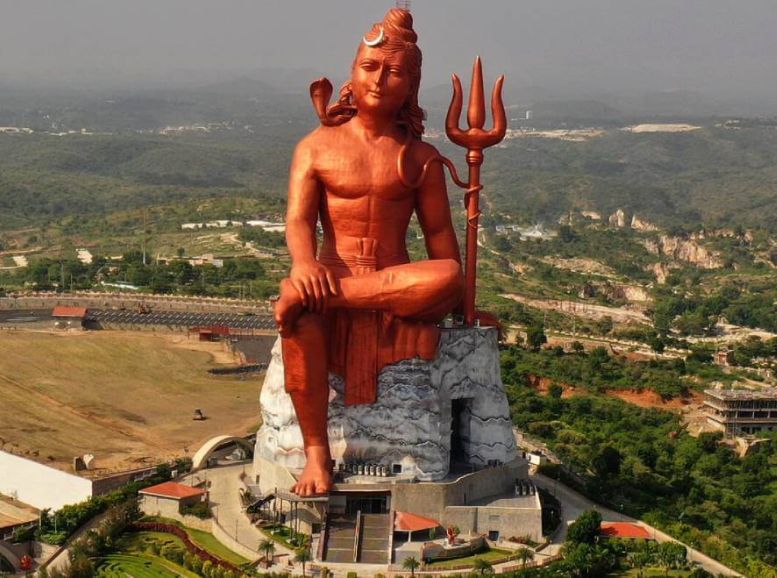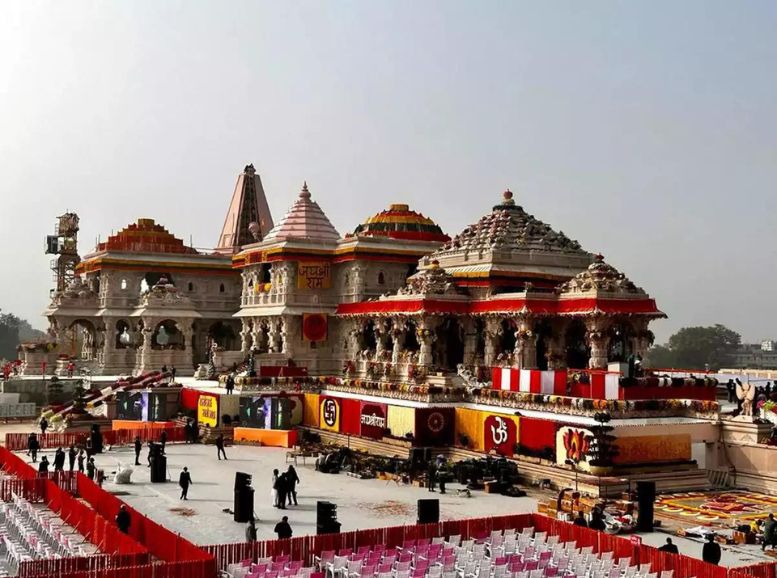Embark on a captivating exploration of Kumbakonam, a charming town nestled within Tamil Nadu’s heart, India. Renowned as the state’s ‘Temple Town,’ Kumbakonam boasts a rich tapestry of culture, ancient sanctuaries, and a way of life steeped in tradition. Lush greenery of the Cauvery delta surrounds this picturesque town, where history, spirituality, and architectural wonders coalesce.
Join us on a virtual adventure as we unveil the enchanting streets, timeworn temples, and vibrant cultural pulse of Kumbakonam. From its iconic houses of worship to bustling streets redolent with the aroma of filter coffee, Kumbakonam offers a unique harmony of tradition and tranquility, sure to enthrall your senses.
How to reach:
Air: Tiruchirapalli International Airport (TRZ), 96 kilometers away, is the closest airport. Taxis and buses connect the airport to Kumbakonam, with a travel time of 2-3 hours depending on your choice.
Train: Kumbakonam boasts its own railway station, well-connected to major cities like Chennai, Thanjavur, Madurai, and Coimbatore. Popular trains stopping here include the Kanyakumari Express, Cholan Express, and Rockfort Express.
Road: An extensive network of roads links Kumbakonam to major cities in Tamil Nadu and neighboring states. Buses and taxis from Chennai, Madurai, Coimbatore, and Bengaluru provide easy access. Situated on the Chennai-Kanyakumari Highway (NH 32), the town is convenient for road travel.
Local Transportation: Getting around Kumbakonam is a breeze. Auto-rickshaws and cycle-rickshaws are readily available for short trips within town. Taxis offer a more comfortable option for those who prefer it.
Best time to visit:
Winter (November to February): Pleasant temperatures ranging from 20°C to 30°C make exploring the town’s temples, streets, and other attractions a delight. Outdoor activities are also much more enjoyable in the cool weather.
Monsoon (June to September):
Moderate to heavy rainfall graces Kumbakonam during the monsoon. While the rain enhances the town’s natural beauty, heavy downpours can disrupt travel plans and outdoor adventures.
Summer (March to May):
Kumbakonam simmers under the summer sun from March to May, with temperatures reaching a scorching 40°C. The hot and humid weather makes sightseeing and outdoor activities quite uncomfortable. However, if you can tolerate the heat, visiting during this time is still an option.
Attractions:
Brihadeeswarar Temple:
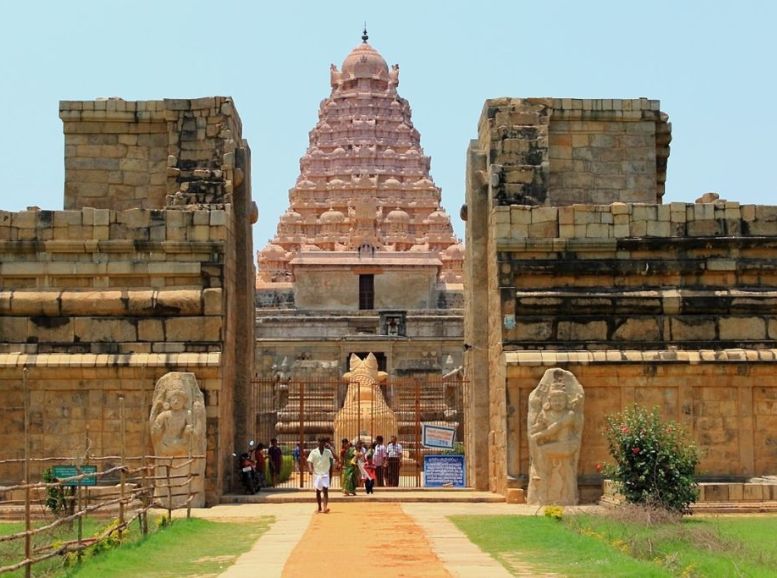

Kumbakonam boasts the architectural marvel, Brihadeeswarar Temple, also known as the Big Temple. This UNESCO World Heritage Site, a testament to Chola artistry, was built in the 11th century by King Rajaraja I and is dedicated to Lord Shiva.
Dominating the skyline is the temple’s Vimana (tower), a staggering 216 feet tall, ranking among the world’s highest. Exquisite carvings, sculptures, and inscriptions depicting scenes from Hindu mythology adorn the temple walls. Inside the main sanctum lies a colossal lingam, believed to be one of India’s largest. The expansive complex encompasses smaller shrines, pillared halls, and a sacred tank, adding to its grandeur.
Sarangapani Temple:
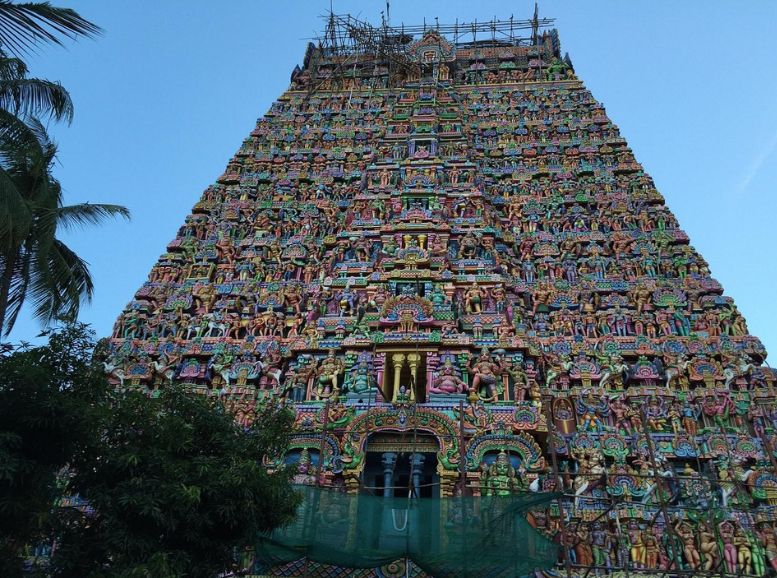

Standing tall among Kumbakonam’s temples is the dedicated to Lord Vishnu, Sarangapani Temple. This architectural gem built in the Dravidian style is renowned for its intricate sculptures, vibrant gopurams (towers), and a sacred tank. The main sanctum houses a towering 12-foot idol of Lord Sarangapani, flanked by Goddess Lakshmi and other deities. A popular pilgrimage site, the temple draws devotees from across the region.
Kumbeshwarar Temple:
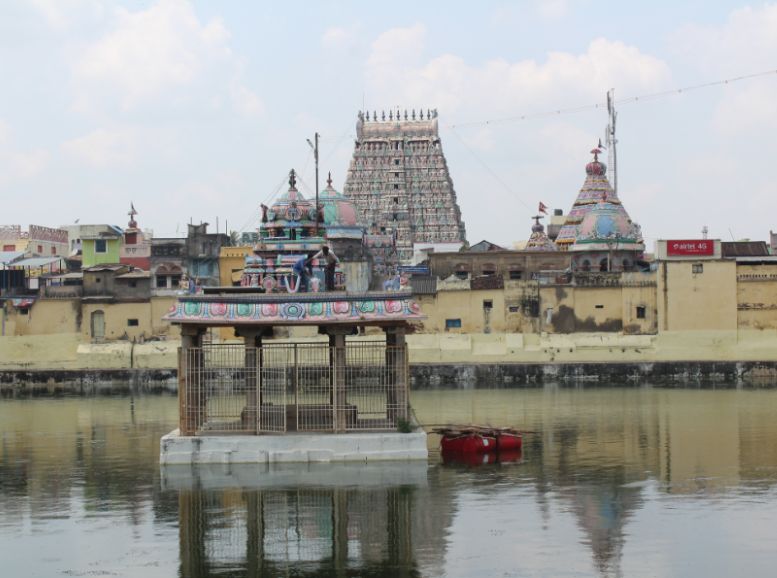

Kumbakonam’s rich tapestry of temples includes the Kumbeshwarar Temple, dedicated to Lord Shiva. This ancient structure boasts a unique architectural style, dominated by a towering gopuram and intricately carved pillars. Legend claims the lingam within the main sanctum received the worship of Lord Rama himself. Adding to the temple’s grandeur is a thousand-pillared hall, a place of prayer for devotees. Nearby lies the Mahamaham tank, a sacred water body where pilgrims immerse themselves during the Mahamaham festival.
Nageswaran Temple:
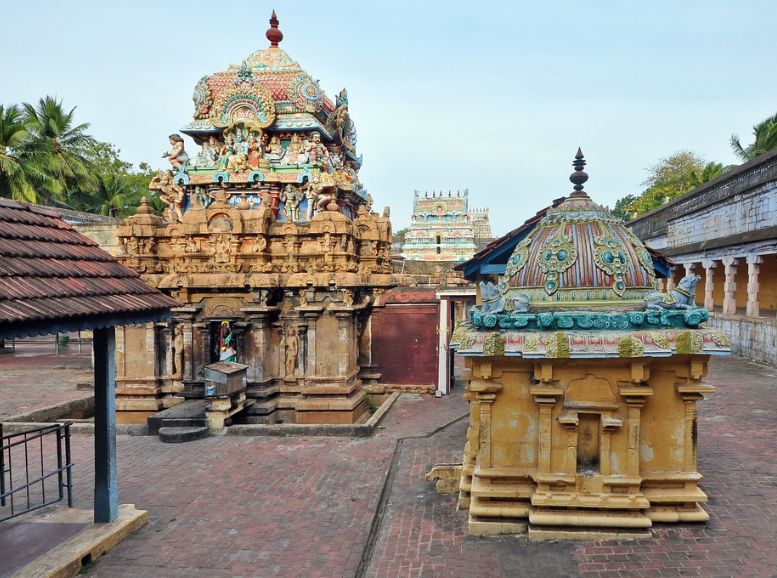

Kumbakonam’s architectural treasures extend to the Nageswaran Temple, dedicated to Lord Shiva. This Chola-era marvel showcases the Dravidian style in all its glory, renowned for its intricate carvings. The main sanctum houses a sacred lingam, revered as swayambhu (self-manifested). A thousand-pillared hall graces the temple complex, adorned with captivating sculptures that breathe life into Hindu mythology. Smaller shrines dedicated to various deities complete this captivating temple experience.
Ramaswamy Temple:
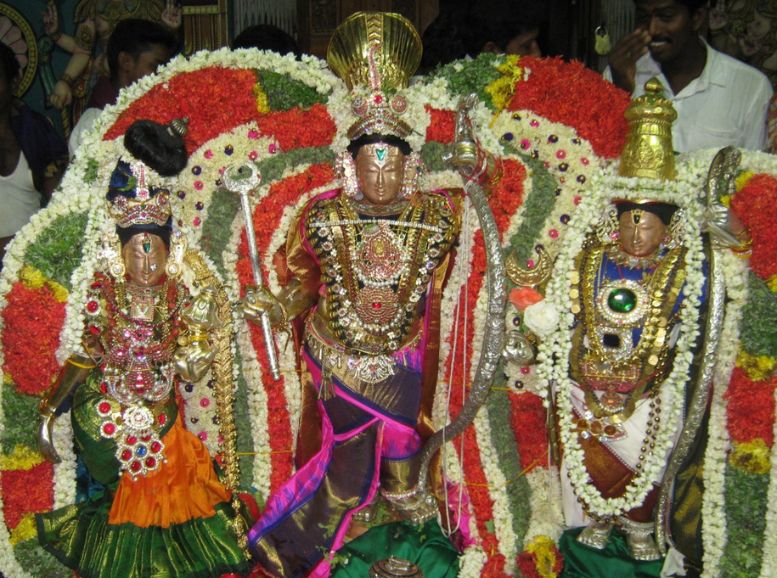

Kumbakonam’s heart beats for Lord Rama at the Ramaswamy Temple, one of the town’s grandest and most revered. Magnificent architecture defines the temple, with a soaring gopuram and pillars etched with intricate details. Within the main sanctum, devotees find solace in the presence of Lord Rama, Goddess Sita, and Lakshmana. The expansive complex encompasses additional shrines dedicated to various deities, alongside a sacred tank, completing this pilgrimage destination.
Mahamaham Tank:
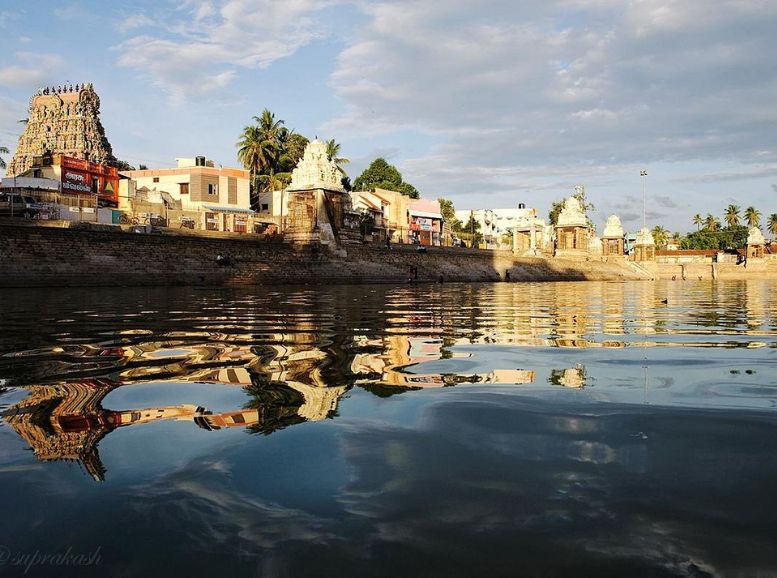

Nestled in the heart of Kumbakonam lies the Mahamaham Tank, a sprawling 6.2-acre water body imbued with sacred significance. Sixteen exquisite mandapams (pavilions) and 20 wells border the tank, creating a serene atmosphere. Legend imbues the tank with divine origins, attributing its creation to Lord Brahma himself. Every 12th year, during the Mahamaham festival, the tank transforms into a pilgrimage site. Devotees from across the nation converge here to take a holy dip in its waters, seeking spiritual renewal. The Mahamaham Tank’s sanctity is further amplified by its proximity to renowned temples like the Kumbeshwarar and Sarangapani Temples, solidifying its place as a cornerstone of Kumbakonam’s spiritual heritage.
Uppiliappan Temple, Kumbakonam:
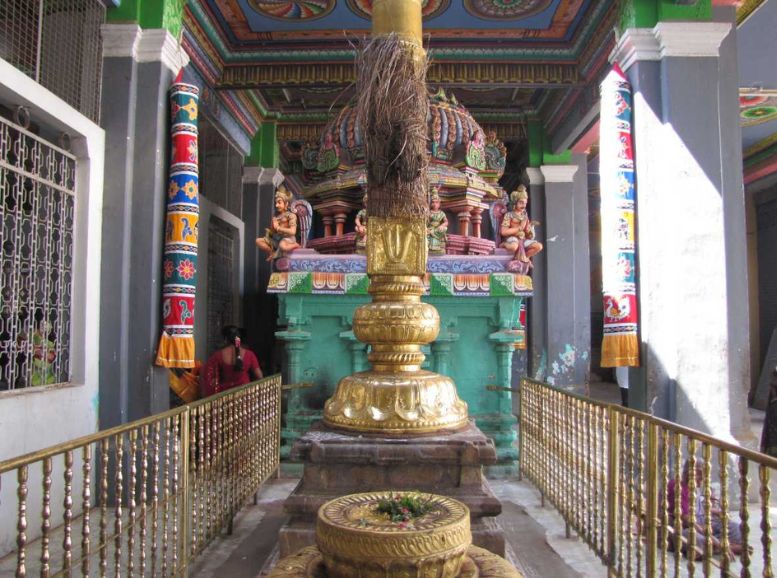

Just outside Kumbakonam, in Thirunageswaram, lies the Uppiliappan Temple, a gem dedicated to Lord Vishnu. Steeped in history, the temple is revered as one of the 108 Divya Desams, holding immense significance for Vishnu devotees. Beautiful architecture graces the temple, drawing visitors in. Within the main sanctum, worshippers find Lord Uppiliappan (Vishnu) alongside Goddess Bhumi Devi. The temple comes alive each year with the grand Uppiliappan Kalyanam festival, a vibrant celebration marked by pomp and splendor.
Swamimalai Murugan Temple:
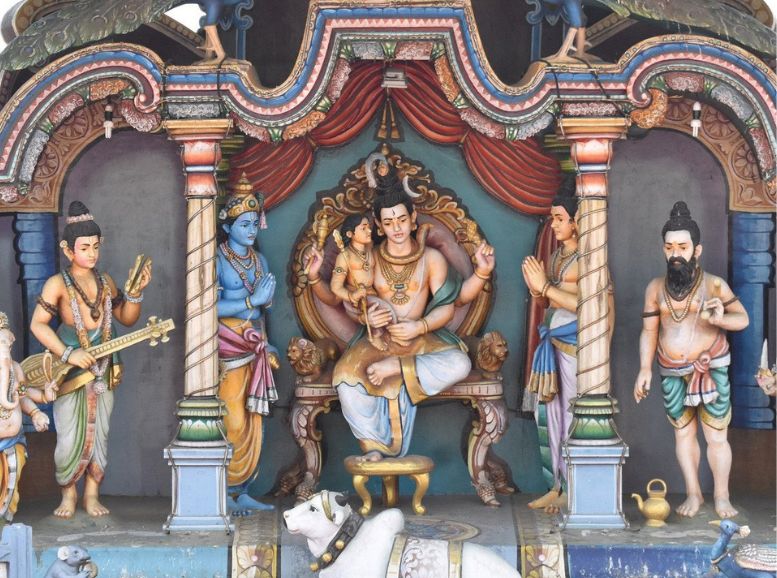

Perched atop a hill in Swamimalai, near Kumbakonam, rests the Swamimalai Murugan Temple. This captivating site is one of the six sacred abodes of Lord Murugan, renowned for its unique architectural style and deep religious significance. Hindu mythology imbues the temple with an extraordinary tale. Here, Lord Murugan defied tradition by imparting knowledge to his father, Lord Shiva. The main sanctum houses revered idols of Lord Murugan and Goddess Valli. Every year, the temple pulsates with vibrant energy during the Thaipoosam festival, a celebration that draws enthusiastic devotees.
Local Experiences:
1. Wander Kumbakonam’s Streets: Immerse yourself in the town’s vibrant energy by strolling its bustling streets. Interact with friendly locals and soak up the unique atmosphere.
2. Savor South Indian Delights: Indulge in a culinary adventure, treating yourself to steaming idlis and crispy dosas – South Indian staples. Don’t forget to complete your meal with a cup of traditional filter coffee.
3. Discover Local Treasures: Explore a treasure trove of handicrafts at local stores. Find exquisite bronze idols, handwoven silk sarees, and other unique souvenirs.
4. Witness the Art of Tanjore Painting: Immerse yourself in the vibrant world of Tanjore art by witnessing a live demonstration of this intricate and beautiful art form.
5. Immerse Yourself in Classical Performances: Treat your ears to captivating classical music and dance performances held at temples and auditoriums across Kumbakonam.
6. Find Tranquility on the Cauvery: Experience serenity with a peaceful boat ride on the scenic Cauvery River. Unwind as you admire the picturesque riverside landscapes.
7. Participate in a Temple Pooja: Witness the spiritual heart of Kumbakonam by participating in a traditional pooja ceremony at one of the town’s ancient temples.
8. Master South Indian Cuisine: Learn the secrets of South Indian cooking from local culinary experts during a hands-on cooking class.
Travel tips:
- Dress Modestly: Remember, Kumbakonam is a deeply religious town. Dress modestly when visiting temples, and remove your footwear before entering. Always follow temple rules and regulations.
- Beat the Heat: Especially during summers, Kumbakonam can get hot and humid. Stay hydrated by drinking plenty of water throughout the day.
- A Treat for Your Taste Buds: Don’t miss the chance to savor authentic South Indian cuisine. Sample local favorites like idlis, dosas, vadas, and the aromatic filter coffee at local eateries.
- Be Aware: While exploring temples and other attractions, be cautious of monkeys, particularly if you’re carrying food or bags. Keep your belongings secure and avoid feeding them.
- Find Treasures: If shopping for souvenirs or handicrafts, don’t hesitate to bargain at local markets. From traditional handicrafts and silk sarees to bronze idols, you can find unique items at reasonable prices.
- Affordable Rides: Utilize auto-rickshaws and cycle-rickshaws for navigating Kumbakonam. They’re a convenient and budget-friendly way to travel short distances within the town.
- Immerse in Culture: Check the local festival calendar before your visit. Kumbakonam comes alive with vibrant celebrations throughout the year, offering a truly immersive cultural experience.
- Pack Smart: If you have any medical conditions, carry necessary medications. A basic first-aid kit is also recommended for minor emergencies.
- Accommodation: Kumbakonam experiences peak tourist seasons, so book your accommodation well in advance to avoid last-minute hassles.
Conclusion
Unveiling a vibrant tapestry, Kumbakonam in Tamil Nadu, India, beckons history buffs, spiritual seekers, and art enthusiasts. Explore the majestic Brihadeeswarar Temple, a UNESCO marvel, or find tranquility at the Mahamaham Tank. Weave through bustling streets fragrant with coffee, tantalize your taste buds with South Indian delicacies, and witness the captivating artistry of Tanjore paintings. Craft your unforgettable Kumbakonam adventure at Xplro.com, where every corner unfolds a story and every moment celebrates tradition, spirituality, and the rich cultural pulse.
FAQs
1. What is Kumbakonam famous for?
- Kumbakonam is renowned for its rich cultural heritage, ancient temples, and traditional way of life.
2. What is the suggested time to visit Kumbakonam?
- The suggested time to visit Kumbakonam is during the winter months, from November to February, when the weather is pleasant.
3. What are the must-visit attractions in Kumbakonam?
- Must-visit attractions include Brihadeeswarar Temple, Sarangapani Temple, Mahamaham Tank, and Swamimalai Murugan Temple.
4. What are some experiences I shouldn’t miss in Kumbakonam?
- Explore the streets, taste authentic South Indian cuisine, witness Tanjore painting, attend a classical music concert, and participate in a traditional pooja ceremony.
5. Is it safe to visit Kumbakonam?
- Yes, this is generally safe, but it’s essential to take necessary precautions.
6. What is the food like in Kumbakonam?
- This place is famous for delicious South Indian cuisine, including idlis, dosas, vadas, sambar, rasam, pongal, and filter coffee.
7. Are there any festivals celebrated in Kumbakonam?
- Yes, festivals like Mahamaham, Adi Perukku, and Panguni Uthiram are celebrated in Kumbakonam throughout the year.
8. Are there any accommodation options in Kumbakonam?
- Yes, Kumbakonam offers various accommodation options including hotels, guesthouses, resorts, and homestays.
9. What should I wear while visiting temples in Kumbakonam?
- Dress modestly, avoiding shorts, skirts, or sleeveless tops, and remove footwear before entering temple premises.
10. Is it possible to visit Kumbakonam in a day?
- While it’s possible to visit some main attractions in a day, it’s recommended to spend at least a couple of days exploring.
11. What are some nearby places to visit from Kumbakonam?
- Nearby places include Thanjavur, known for Brihadeeswarar Temple, Darasuram for Airavatesvara Temple, and Gangaikonda Cholapuram for Chola architecture.
